Beginnings of SDN Owl's House Kingsford at UNSW
“At Owl’s House, we focus on people. We respect and celebrate each child’s uniqueness and see them as individual explorers with unlimited possibilities.”
- Bethany Yu, Director, SDN Owl’s House
SDN Children’s Services begins in 1905
In 1905 a determined group of women from Sydney’s upper classes who understood ‘the difficulties that beset the paths of working mothers’ founded the Sydney Day Nursery Association. The Association aimed to improve the welfare of children whose mothers were facing poverty and had to work to provide for their family. Infant mortality was high and the Kindergarten Union was only able to provide daycare services for a few hours a day. With no other option, these young children were often left to fend for themselves among the streets of working class Sydney.
In response, the Association opened its first Day Nursery in a terrace house in Dowling Street, Woolloomooloo in 1905, the first long daycare centre in NSW. For just three pence a day, babies and children were bathed, fed, clothed and cared for from 7.00am to 6.30pm.
Due to overwhelming demand, the Association opened Day Nurseries in five more locations in the inner city soon after. These were all areas of need in Sydney with large working populations.
History of UNSW
The University of NSW (UNSW) began operations in 1949 at its Kensington campus in Sydney’s eastern suburbs, the home of the traditional owners of the area, the Cadigal people. UNSW has its roots in the Sydney Mechanics Institute (1843) and the Sydney Technical College (1878). Initially named the New South Wales University of Technology, the institution took its inspiration from the Massachusetts Institute of Technology and the Berlin University of Technology. Its goal was the improvement of the nation’s material wellbeing through excellence in science and technology.
While UNSW’s initial focus was on science and technology, today it offers courses in Arts, Fine Arts, the Built Environment, Commerce, Law, Life Sciences, Medicine and Management. The University has had a long engagement with the Asia-Pacific region and draws its diverse student body from around 120 countries.
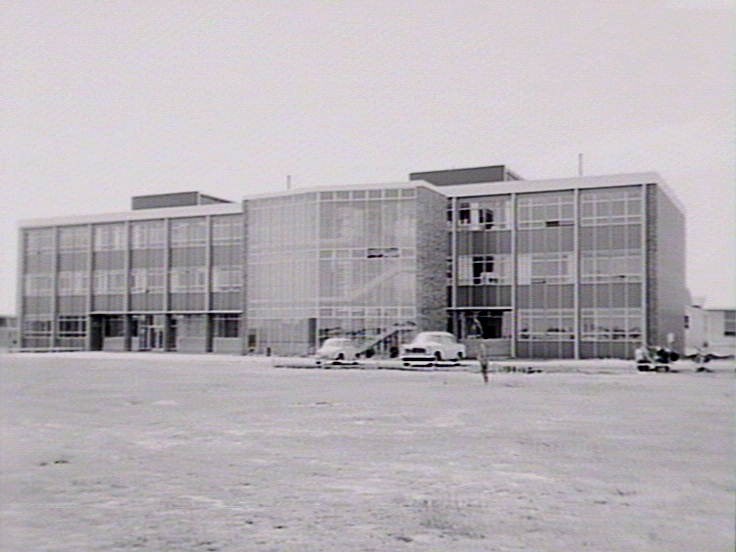
Above: UNSW at Kensington, 1961. Courtesy State Archives and Records Authority of NSW
Early UNSW Childcare
The House at Pooh Corner (THPC) was the first early childhood centre established at UNSW by the
Student Guild in 1969. What began as a simple idea of a child-minding service run on a roster basis by student parents soon became a bigger proposition for the Student Guild who realised that lack of suitable and affordable childcare caused significant barriers to carers (especially women) to participate in higher education, and that they should upscale and take the initiative in this regard.
From the beginning there was strong parental involvement and support for THPC, and a parent representative on the Board of Management. The Board believed that having parents engaged and involved in their child’s care was critical to their education and development. A Parents Club was even encouraged to organise evenings of mutual benefit to parents, staff, and children. UNSW’s Students’ Union (formerly Guild) was central to introducing a second childcare centre called Kanga’s House (now closed) in nearby Barker St in 1981.
Funded in part by the Commonwealth and State Governments, Kanga’s was open to the wider community. It also offered a much-valued night care program which allowed parents to study, and attend lectures and meetings in the evenings. When an adjacent house to Kanga’s came on the market, the Board of Management approached UNSW to assist in the purchase of the property to increase the number of places for UNSW students and staff.
Because the University agreed to provide recurrent funding, 16 new places were specifically reserved for University staff.
Despite Kanga’s being a significant step for UNSW to become engaged in work-based childcare, it did not relieve the pressure for childcare services on campus. By 1991, waiting lists for childcare places exceeded 700 children.
To redress the lack of childcare places, the Students’ Union established a cooperative childcare centre called ‘Jam Jar’ (eventually renamed ‘Honeypot’) in 1992. The cooperative offered carers unlimited childcare as long as they were willing to work in the centre to mind the children and help with the laundry and cleaning.
The Students’ Union participated in managing and part-financing the centres until the introduction of nation-wide voluntary student unionism in 2006. At this point the licences for the centres began to be transferred to UNSW in a centralised model of operations known as UNSW Early Years Learning Centres (2010), where the University undertook to own, operate and fund the childcare services.
“If children are well cared for, their parents are able to study and work to their best capacity.”
- UNSW Vice-Chancellor, Prof Hilmer, at the opening of Owl’s House in September 2013
Owl's House
In May 2008, the UNSW Women’s Employment Strategy 2008–2010 was released which achieved University-wide programs and initiatives for women including a Child Care Support Fund for women researchers, flexible work arrangements, and better campus childcare options.
An ambitious building program as part of the UNSW’s Strategic Intent, B2B Blueprint to Beyond, also saw investments in family friendly workplaces to create the best possible campus environment to support teaching and learning. The successful establishment of Owl’s House in 2013, which included the input of children as part of the design process, was one of UNSW’s achievements under this strategy.
“As we see parents as children’s first teachers, we appreciate the collaborative partnership and look forward to working with all families to support each child’s development and wellbeing in different dimensions.”
- Bethany Yu, Director, SDN Owl’s House
The SDN Era
In May 2020, UNSW announced it would be closing Kanga’s House at the end of 2020, and called for tenders to operate the remaining three centres. SDN successfully tendered, and following an extensive transition process, began management of Tigger’s Honeypot, The House at Pooh Corner and Owl’s House on behalf of UNSW in January 2021.
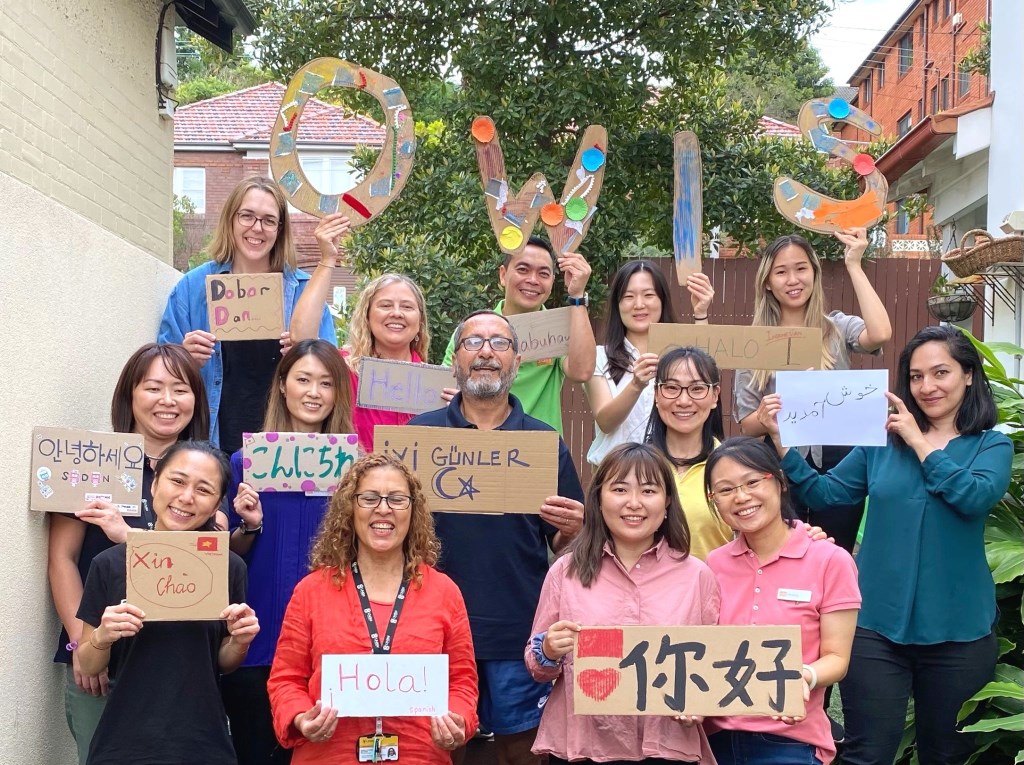
Above: Staff of SDN Owl’s House in the first months of SDN management, 2021
Like UNSW Early Learning Centres, SDN’s qualified team facilitates innovative, child-centred and child-led learning programs in a safe, healthy and stimulating context. These centres help children develop a lifelong love of learning through activities and teaching approaches that nurture caring hearts, healthy bodies and curious minds.
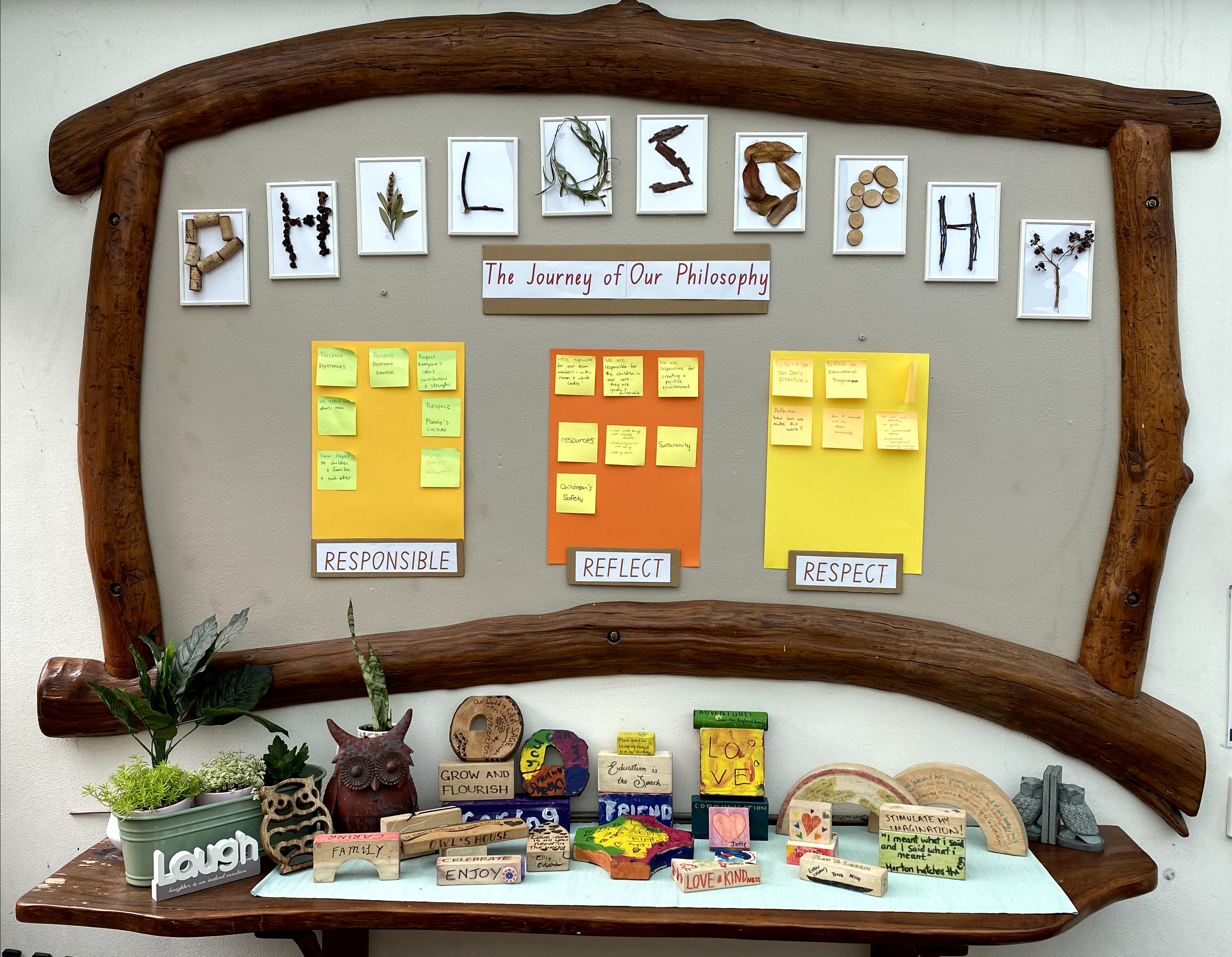
Above: The Journey of Our Philosophy wall created by staff of SDN Owl's House, 2021
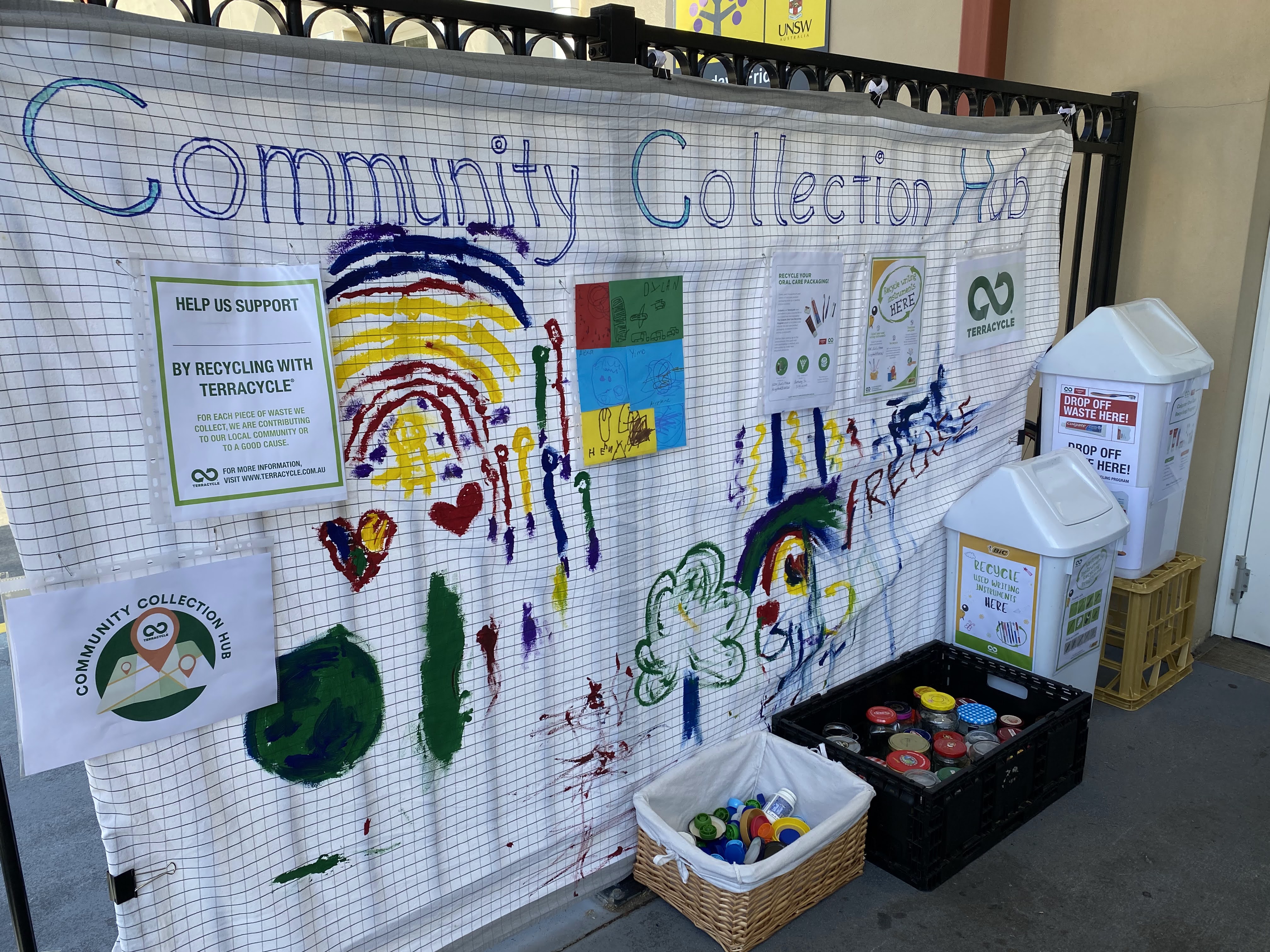
Above: Community Collection Hub at SDN Owl's House, 2022
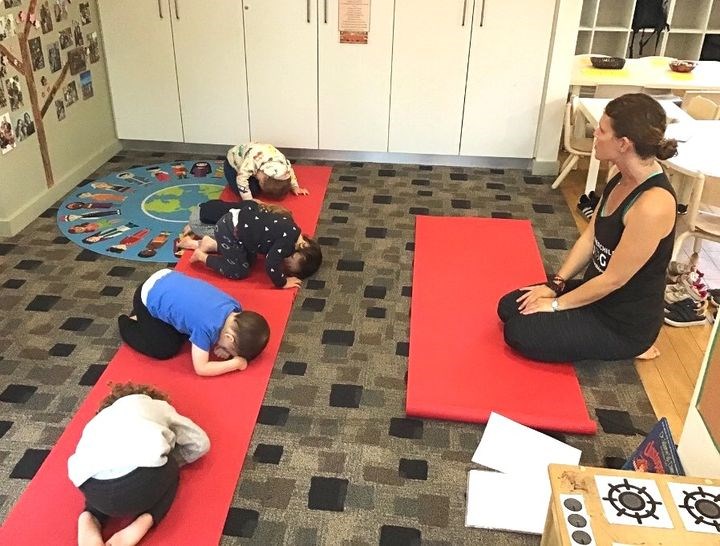
Above: Children at SDN Owl’s House working with Katie from Inner Child Yoga, 22 June 2021
SDN Owl’s House is leading the new generation of early childhood education centre design and commitment to sustainability practice through communal spaces allowing multiple ages to explore and use all areas together. The success of this approach can be seen in the centre receiving an Exceeding rating across all seven quality areas of the National Quality Standard in May 2022.
Download a PDF of this article here.

